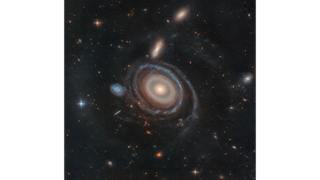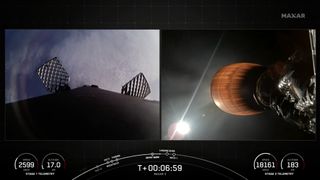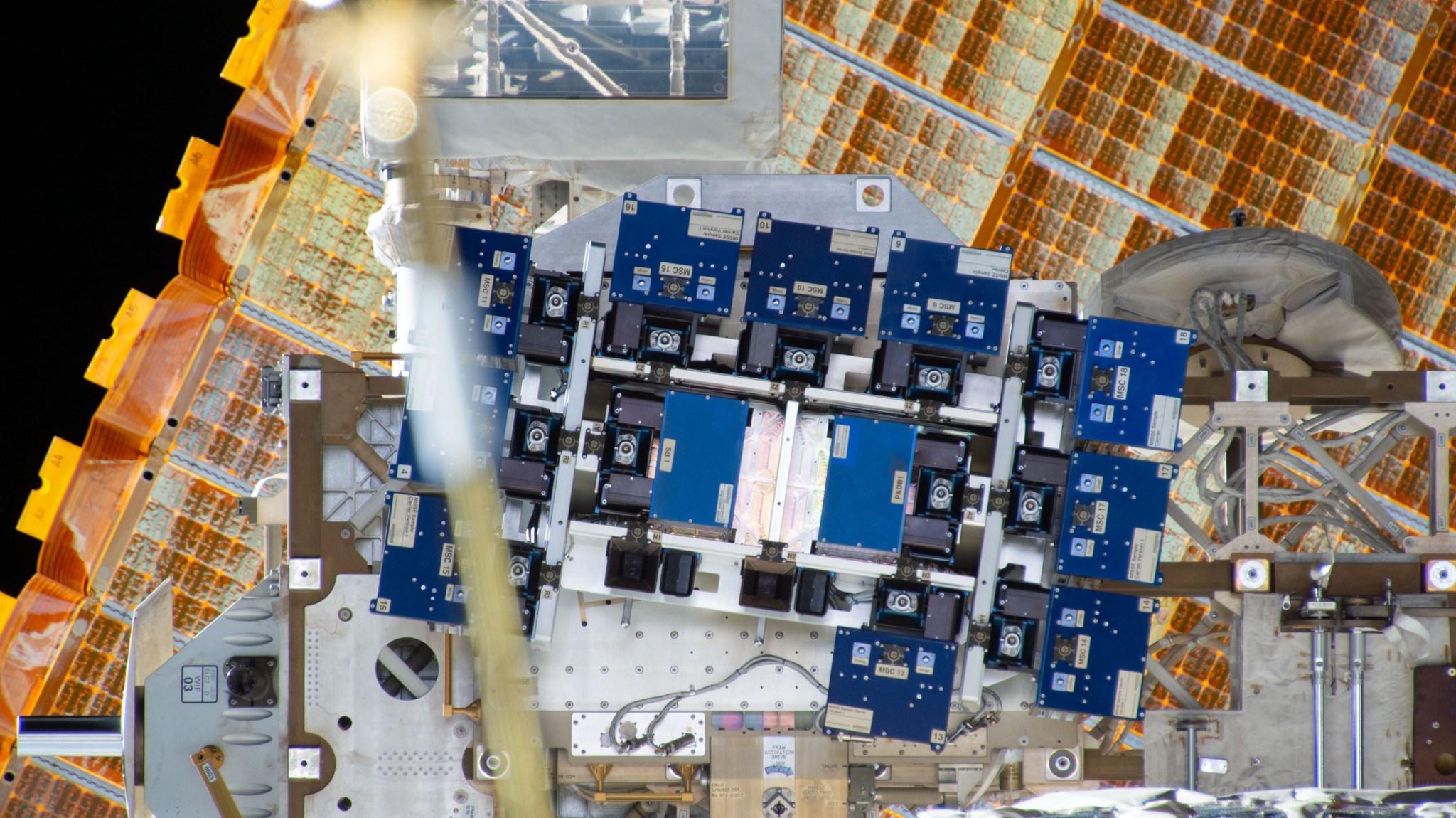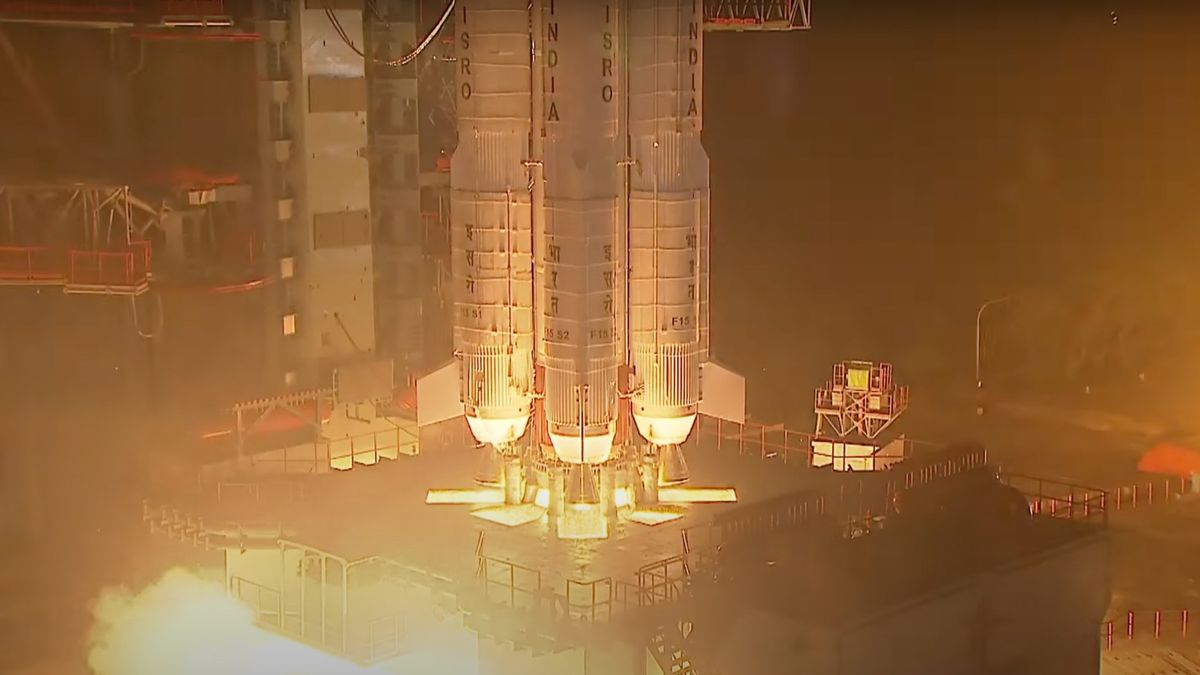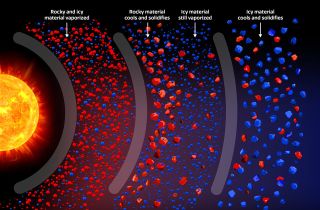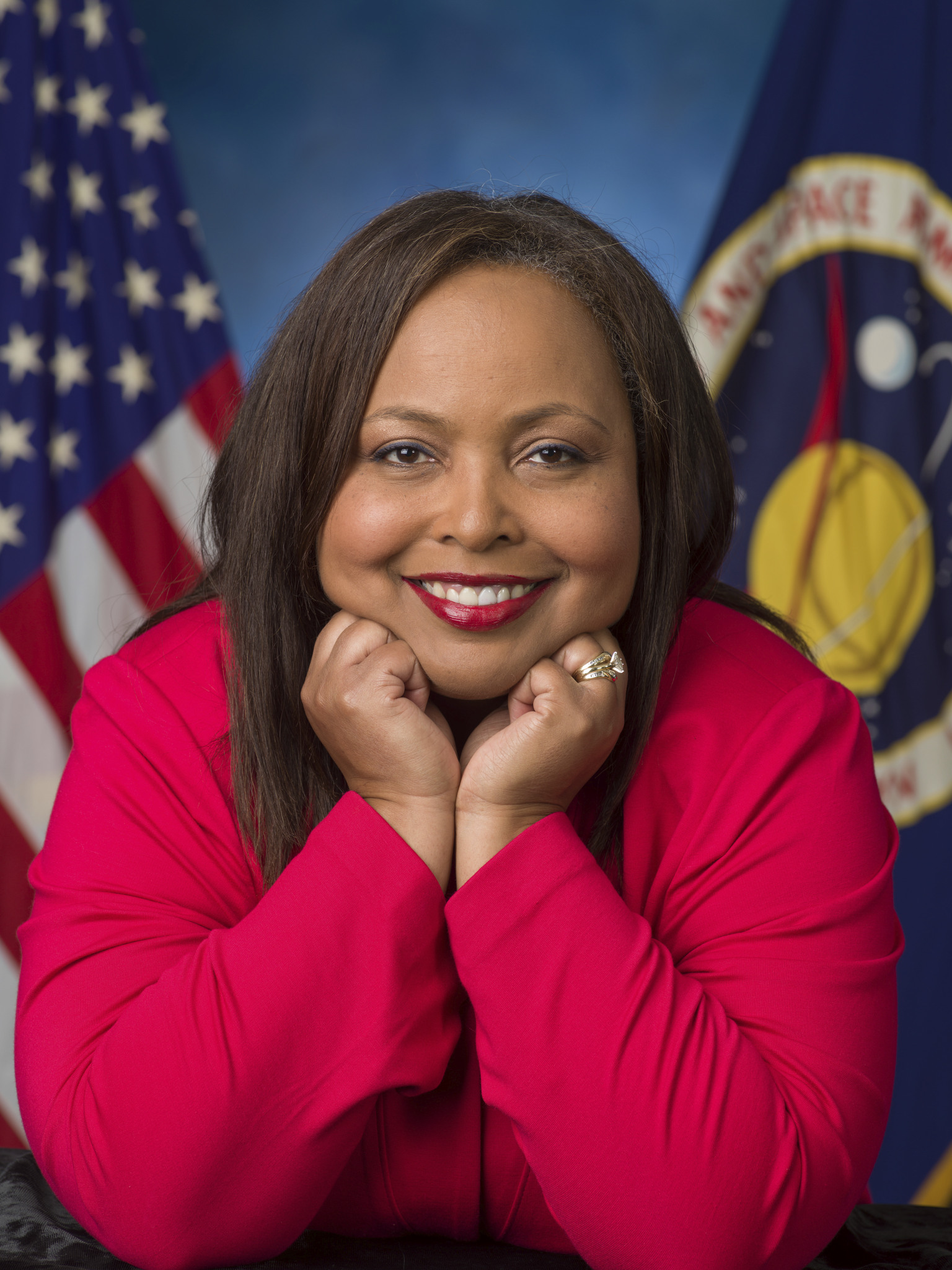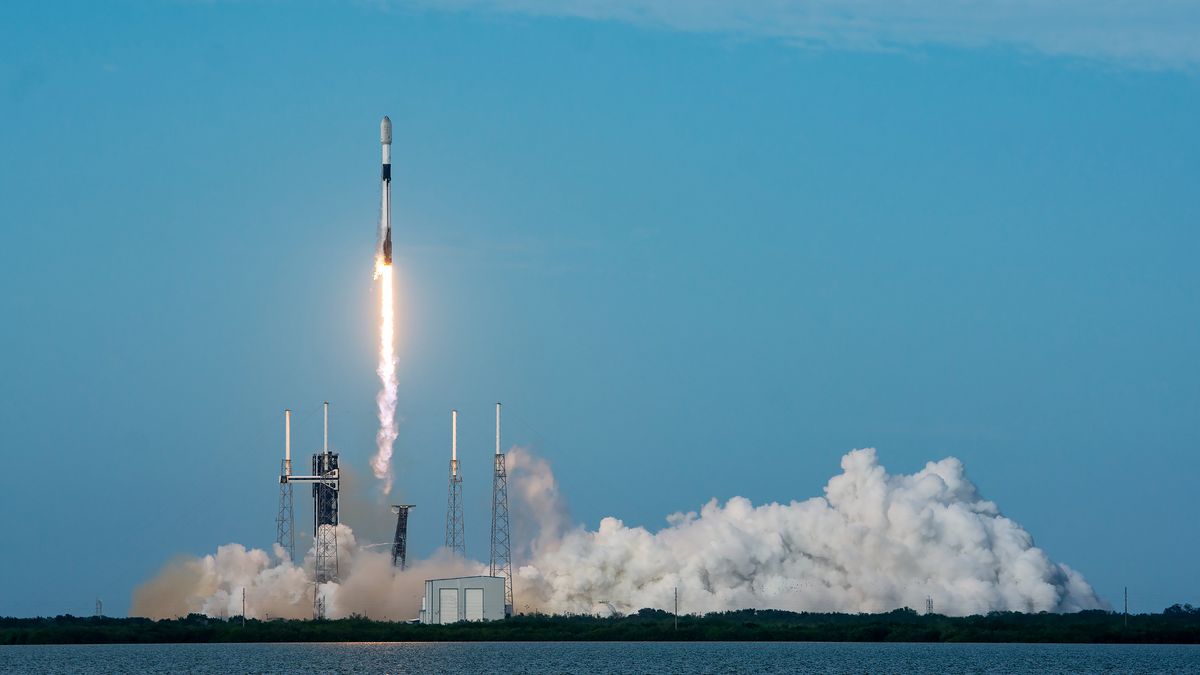NASA’s Hubble Space Telescope managed to capture an incredible image of a galaxy that looks an awful lot like a bullseye. “This was a serendipitous discovery,” said Imad Pasha, the lead researcher and a doctoral student at Yale University in New Haven, Connecticut, in a statement. “I was looking at a ground-based imaging survey and when I saw a galaxy with several clear rings, I was immediately drawn to it. I had to stop to investigate it.” In reality, this striking pattern formed 50 million years ago, when a small…
Read MoreCategory: Space Stations
Space stations in orbit or planned
SpaceX to launch water-hunting moon probe ‘Lunar Trailblazer’ on Feb. 26
LITTLETON, Colorado — A university-led lunar orbiter designed to pinpoint the location of ice or liquid water trapped in rocks on the moon’s surface is nearly ready for takeoff. The Lunar Trailblazer is slated to launch atop a SpaceX Falcon 9 rocket no earlier than Feb. 26 from NASA’s Kennedy Space Center in Florida. It will fly as a “rideshare” along with the primary payload — the Athena lunar lander, built by Houston company Intuitive Machines. Here within a Lockheed Martin clean room, where it underwent final grooming ahead of…
Read MoreSpaceX launches 2 Maxar Earth-observing satellites toward orbit (video, photos)
SpaceX launched two Earth-imaging satellites today (Feb. 4), further building out Maxar Technologies’ sharp-eyed WorldView Legion constellation. A Falcon 9 rocket carrying the WorldView Legion 5 and 6 satellites lifted off from NASA’s Kennedy Space Center (KSC) in Florida today at 6:13 p.m. EST (2313 GMT). The Falcon 9’s first stage came back to Earth about eight minutes after launch as planned, touching down at Cape Canaveral Space Force Station, which is next door to KSC. The first stage of a Falcon 9 rocket heads back to Earth for a…
Read MoreBlue Origin to launch New Shepard moon-gravity mission on Feb. 4 after glitch
Blue Origin is now targeting Tuesday (Feb. 4) for its first-ever moon-gravity mission. The company first tried to launch the NS-29 mission of its New Shepard suborbital vehicle on Jan. 28, but called off that try due to uncooperative weather and an issue with the rocket’s avionics. But everything appears to be in order now. Blue Origin, which is run by Amazon founder Jeff Bezos, plans to fly the uncrewed NS-29 on Tuesday morning. If all goes according to plan, New Shepard — a reusable rocket-capsule combo — will lift…
Read MoreStation Science Top News: Jan. 31, 2025
Seeds survive space A close-up view of the Materials International Space Station Experiment hardware housing materials for exposure to space. NASA Researchers found that plant seeds exposed to space germinated at the same rate as those kept on the ground. This finding shows that plant seeds can remain viable during long-term space travel and plants could be used for food and other uses on future missions. Materials International Space Station Experiment-14 exposed a variety of materials to space, including 11 types of plant seeds. The work also evaluated the performance…
Read MoreNewly-launched Indian satellite left stranded by propulsion problem
India just launched its first mission of 2025. The Indian Space Research Organisation‘s (ISRO) Geosynchronous Satellite Launch Vehicle (GSLV) lifted off from Satish Dhawan Space Centre on schedule today at 7:53 p.m. EST (0053 GMT and 6:23 a.m. local time on Jan. 29). It was the 100th launch overall from the storied spaceport, which lies on the barrier island Sriharikota, off India’s southeastern coast. The first orbital liftoff from the site occurred in August 1979, according to The Hindu. NVS-02 was expected to take up a position along the geostationary…
Read More‘Roasting marshmallow’ exoplanet is so hot, it rains metal. How did it form?
Astronomers may have inadvertently complicated the mystery of how strange “roasting marshmallow” planets form. Using the Gemini South telescope, researchers found that the “hot and puffy” ultra-hot Jupiter planet WASP-121b may have formed closer to its star than previously believed, challenging what we know about how planets form. Since the discovery of the first planet outside the solar system in the mid-1990s, the catalog of extrasolar planets, or “exoplanets,” has grown to over 5,000 entries. Many of these exoplanets are like nothing found in our solar system. The hot and…
Read MoreStation Nation: Meet Tandra Gill Spain, Computer Resources Senior Project Manager in the Avionics and Software Office
For astronauts aboard the International Space Station, staying connected to loved ones and maintaining a sense of normalcy is critical. That is where Tandra Gill Spain, a computer resources senior project manager in NASA’s Avionics and Software Office, comes in. Spain leads the integration of applications on Apple devices and the hardware integration on the Joint Station Local Area Network, which connects the systems from various space agencies on the International Space Station. She also provides technical lead support to the Systems Engineering and Space Operations Computing teams and certifies…
Read MoreSpaceX launching 21 Starlink satellites from Florida on Feb. 3
SpaceX is set to launch another batch of Starlink satellites to orbit from Florida’s Space Coast early Monday morning (Feb. 3) A Falcon 9 rocket carrying 21 Starlink spacecraft, including 13 with direct-to-cell capability, is scheduled to lift off from Cape Canaveral Space Force Station Monday during a four-hour window that opens at 3:54 a.m. EST (0854 GMT). SpaceX will livestream the action via its X account, beginning about five minutes before launch. If all goes according to plan, the Falcon 9’s first stage will return to Earth about eight…
Read MoreA year in isolation: 366-day mock moon mission wraps up in Russia
On Nov. 14, 2024, the Institute of Biomedical Problems (IBMP) of the Russian Academy of Sciences marked the successful completion of SIRIUS-23, a year-long biomedical isolation experiment simulating the conditions of deep-space travel and lunar surface operations. For 366 days, a crew of six analog astronauts lived and worked in a sealed environment, a meticulously controlled Earth-based stand-in for interplanetary missions of the future. The SIRIUS (Scientific International Research in Unique terrestrial Station) project, launched in collaboration with NASA’s Human Research Program and the IBMP in 2017, had previously conducted…
Read More